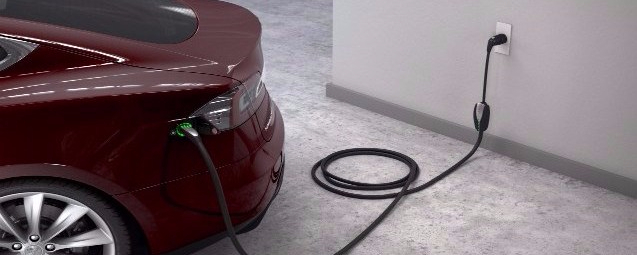Many people think that electric vehicles are the future of automotive, But the fact is they aren’t futuristic at all. Electric vehicles have been around since the first half of the 19th century. However, even now in the 21st century, internal combustion engines still rule. The reason behind this fact is the batteries.
Battery is the heart of an electric car. Unlike the other batteries in all cars which serve to start the engine and run accessories like music players and air conditioners, the battery in an electric car runs everything. Primarily the electric powertrain and controller which in turn runs the electric motor. so it is required to be powerful and long-lasting enough to take drivers where they need to go with a minimum of recharging.
Till date, There is no reliable, mass-producible batteries manufactured, that could make electric cars competitive with conventional cars. Though these cars are not feasible, they’re now expected to start rolling off the assembly lines of major automakers.
Battery – Working
Battery is a device for storing chemical energy and converting that chemical energy into electricity. Battery is made up of more electrochemical cells, each consists of electrodes. One is the negative which has an more number of the tiny, negatively charged subatomic particles called electrons. The other, called the positive electrode, has a deficit of electrons. When the two halves are connected by a cable, electrons will flow from the negative electrode to the positive electrode. We call this flow of electrons electricity. The energy of these moving electrons can be harnessed to run a electric motor.
Eventually, when there are as many electrons on the positive side as on the negative side, the battery is considered ‘dead’ and is no longer capable of producing an electric flow. If the battery was rechargeable one, then there are few chemical reactions that generates electrons. And there are many different chemical reactions that are used in commercially available batteries.
Types of Batteries used:
Automakers have identified three types of rechargeable batteries suitable for electric cars.
- Lead-acid batteries – (128.7 km) per charge
- Nickel metal hydride (NiMH) batteries – (193.1 km) per charge
- Lithium-ion (Li-ion) batteries – (354.1 km) per charge
Lead-acid batteries are the oldest form of rechargeable battery still in use. They’ve been used in all types of cars since the 19th century. The name comes from the combination of lead electrodes and acid used to generate electricity in these batteries. The major advantage of lead-acid batteries is that they are cheaper to manufacture. However, they produce dangerous gases while being used. Also, if the battery is overcharged there’s a risk of explosion.
Nickel metal hydride batteries have a high energy density that is, a great amount of energy can be packed into a relatively small battery and don’t contain any toxic metals, so they’re easy to recycle.
Lithium-ion batteries have a very high energy density and are less likely to self discharge (batteries to lose their charge when not being used). Because of their light weight and low maintenance requirements, These batteries are widely used in electronic devices such as laptop computers. This type of battery is the best suits for powering the electric cars of the near future. A variation on lithium-ion batteries, called lithium-ion polymer batteries, may also prove valuable to the future of EVs. These batteries may eventually cost less to build than lithium-ion batteries; however, at the present time, lithium-ion polymer batteries are prohibitively expensive.
Recharging the Batteries:
If you’re running out of charge in your electric car, you can’t just make a stop at the local petrol bunks, unless they have a provision of electric plug in recharge. Recharging the large array of batteries in an electric car can take several hours, and most petrol bunks would prefer that you didn’t block their area for that long.
The best solution is to take the car home in the evening and plug it in, similar to the way we might plug in our mobile or music player, so that it can recharge overnight. Now all electric cars comes with charging system that allows to recharge from a standard electric socket. So that You can hit the road in the morning after the charge.
Disadvantages:
- The electricity used to recharge EV batteries has to come from somewhere, and right now, most electricity is generated by burning fossil fuels which produces pollution.
- Unlike fuel powered cars, a battery drained electric car will be no use for several hours until it is recharged.
In conclusion, faster recharging technology may become available in future. However, electric cars are not the better choice for long trips. Most driving is done relatively close to home. A possible solution to the recharging situation is battery-replacement stations, where instead of charging your EV you can simply swap your drained battery for a fully charged one. This system allows batteries to be recharged outside of vehicles and would greatly reduce the amount of time.





